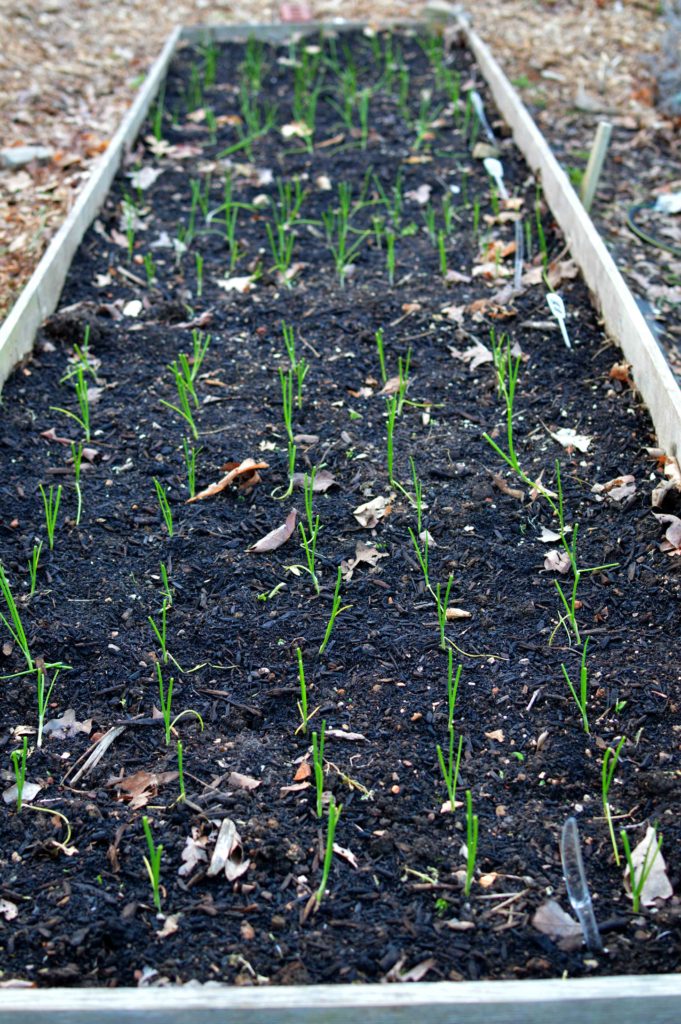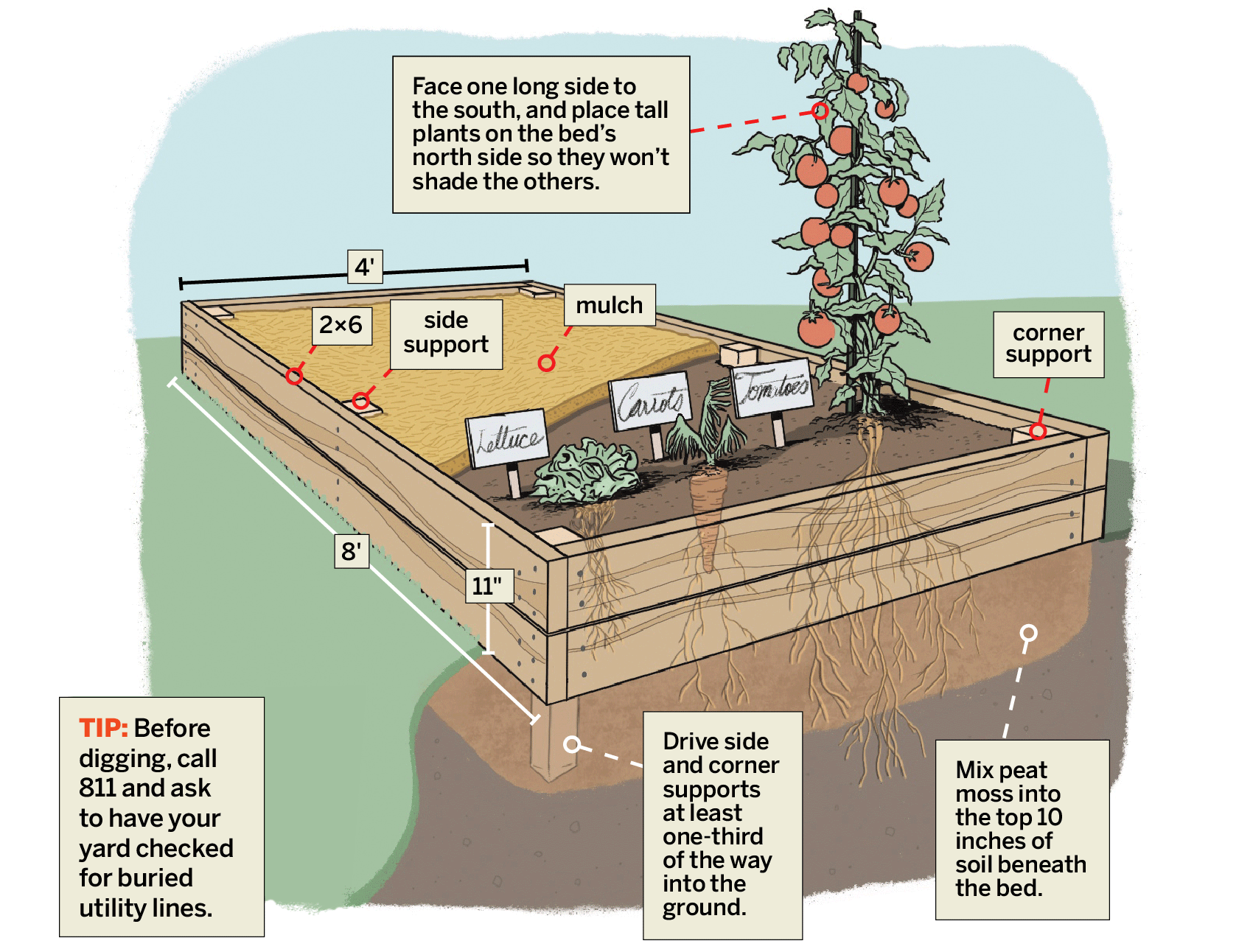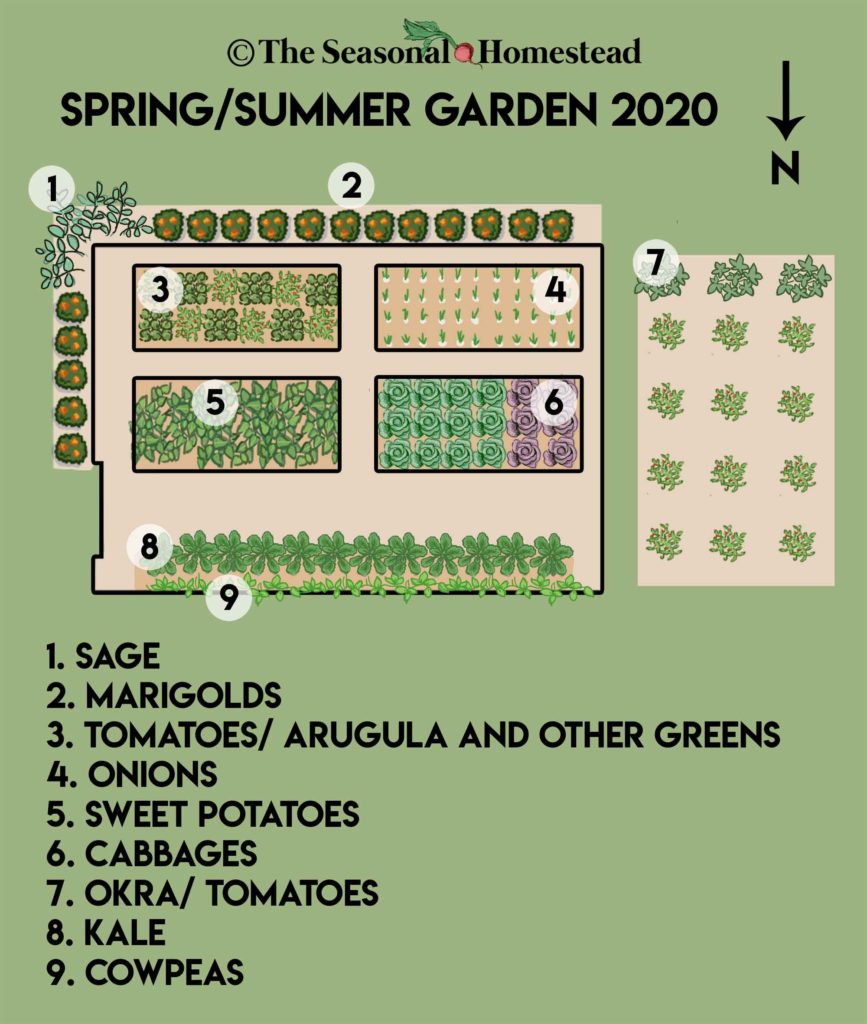The Ultimate Guide To Raised Bed Spacing
The Ultimate Guide to Raised Bed Spacing
Introduction
Raised beds are a great way to grow vegetables, flowers, and herbs. They offer many advantages over traditional gardening methods, including improved drainage, better soil aeration, and easier access for gardeners of all ages and abilities.
One of the most important factors to consider when planning a raised bed garden is spacing. The spacing between plants will determine how much space you have for each plant, as well as how easy it will be to weed and harvest.
In this blog post, we will discuss the importance of raised bed spacing and provide some tips for determining the best spacing for your plants. We will also cover some common spacing mistakes to avoid.
Why is raised bed spacing important?
There are several reasons why proper raised bed spacing is important. First, it ensures that each plant has enough space to grow and thrive. If plants are too close together, they will compete for resources and may not reach their full potential.
Second, proper spacing makes it easier to weed and harvest. When plants are spaced properly, you can easily reach between them to remove weeds and harvest vegetables. This can save you a lot of time and effort in the long run.
Finally, proper spacing can help to improve air circulation and drainage in your raised bed garden. This is important for preventing diseases and pests, as well as promoting healthy plant growth.
How to determine the best spacing for your plants
The best way to determine the best spacing for your plants is to consult a planting chart. Planting charts list the recommended spacing for different types of plants. You can find planting charts online or at your local nursery.
In general, the spacing between plants will depend on the size of the plant and its mature width. For example, a tomato plant that will reach a mature width of 2 feet should be spaced at least 2 feet apart.
You may also need to consider the growth habit of the plant when determining spacing. For example, bushy plants like tomatoes will need more space than vining plants like cucumbers.
Common spacing mistakes to avoid
Here are a few common spacing mistakes to avoid:
- Planting plants too close together. This can lead to competition for resources and stunted growth.
- Planting plants too far apart. This can waste space and make it difficult to weed and harvest.
- Not considering the growth habit of the plant. This can lead to plants that are overcrowded or that have too much space.
Conclusion
Proper raised bed spacing is important for ensuring that your plants have enough space to grow and thrive. By following the tips in this blog post, you can avoid common spacing mistakes and create a raised bed garden that will be productive and enjoyable for years to come.
Are you planning to build a raised bed garden? If so, you'll need to know how to space your plants properly. The right spacing will help your plants grow to their full potential and prevent them from competing for resources.
There are a few factors to consider when determining the spacing for your raised bed garden. The size of the plants, the type of plants, and the amount of sunlight the garden will receive all play a role.
In general, you'll want to space your plants about 18 inches apart. However, some plants, such as tomatoes and peppers, need more space. For these plants, you'll want to space them about 24 inches apart.
If you're not sure how much space to give your plants, it's always a good idea to err on the side of caution and give them a little more space than you think they need. This will give them plenty of room to grow and thrive.
For more information about raised bed spacing, I recommend visiting Garden Wiki. This website has a comprehensive guide to raised bed gardening, including information on plant spacing, soil preparation, and irrigation.
FAQ of raised bed spacing
Q: What is the best way to space plants in a raised bed?
A: The best way to space plants in a raised bed depends on the type of plant you are growing. Some plants, such as tomatoes, need more space than others, such as lettuce. In general, you should follow the spacing guidelines that are listed on the plant tag or seed packet.
Q: How wide should a raised bed be?
A: The width of a raised bed depends on your personal preference and the type of plants you are growing. However, most experts recommend that raised beds be no more than 4 feet wide. This makes it easier to reach the center of the bed without having to step inside.
Q: How much space should there be between raised beds?
A: There should be at least 12 inches of space between raised beds. This allows for enough room to walk between the beds and to access the plants.
Q: What can I do to prevent weeds from growing between my raised beds?
A: There are a few things you can do to prevent weeds from growing between your raised beds. You can mulch the area between the beds with a layer of organic material, such as bark chips or wood shavings. You can also install a weed barrier between the beds.
Q: How do I manage the moisture in my raised beds?
A: The moisture in your raised beds will depend on the type of soil you use and the amount of rainfall you receive. However, it is important to keep the soil in your raised beds moist, but not soggy. You can do this by watering your beds regularly and adding compost or other organic matter to the soil.
Image of raised bed spacing
- Image 1: A raised bed with a 12-inch path between it and the next bed. This is the minimum amount of space needed for easy access and to accommodate garden tools.

- Image 2: A raised bed with a 24-inch path between it and the next bed. This provides more space for walking and maneuvering around the garden.

- Image 3: A raised bed with a 36-inch path between it and the next bed. This is a good option if you have a lot of garden tools or if you want to create a larger walking area.

- Image 4: A raised bed with a curved path between it and the next bed. This creates a more visually appealing design and can also help to conserve space.

- Image 5: A raised bed with a combination of different path widths. This can be a good way to create a more interesting and functional design.

Post a Comment for "The Ultimate Guide To Raised Bed Spacing"